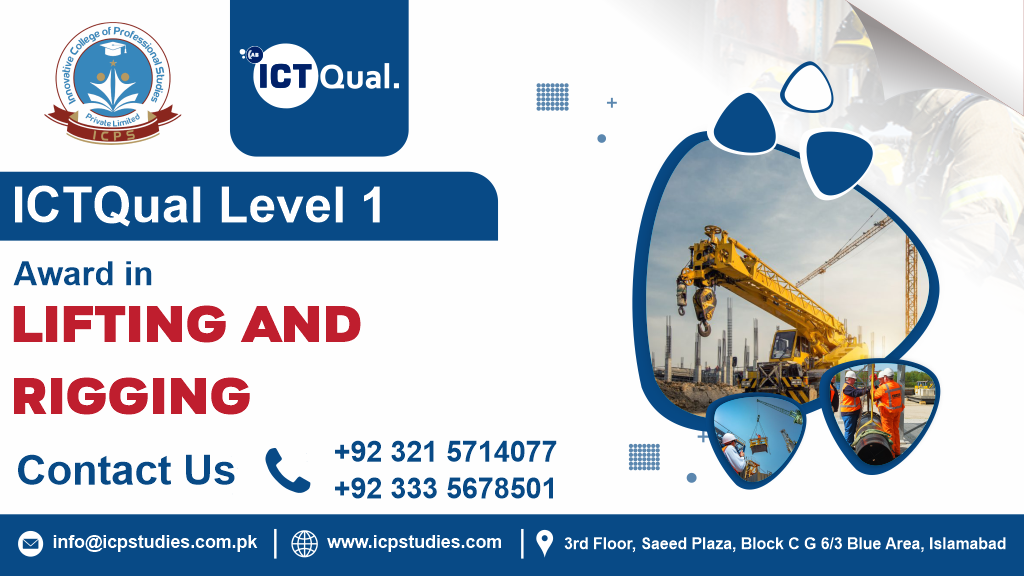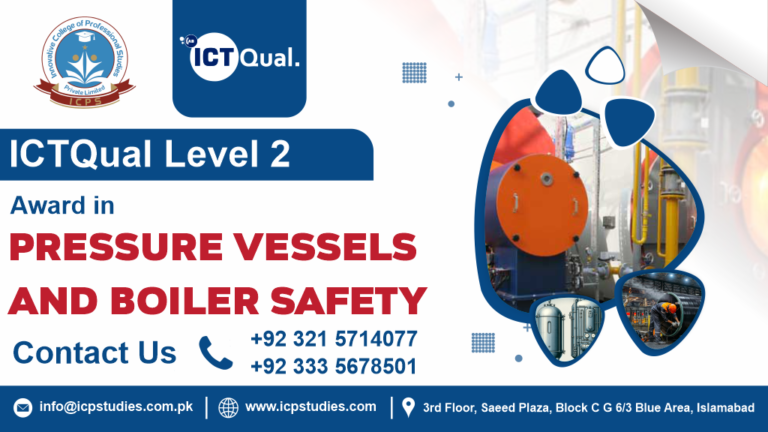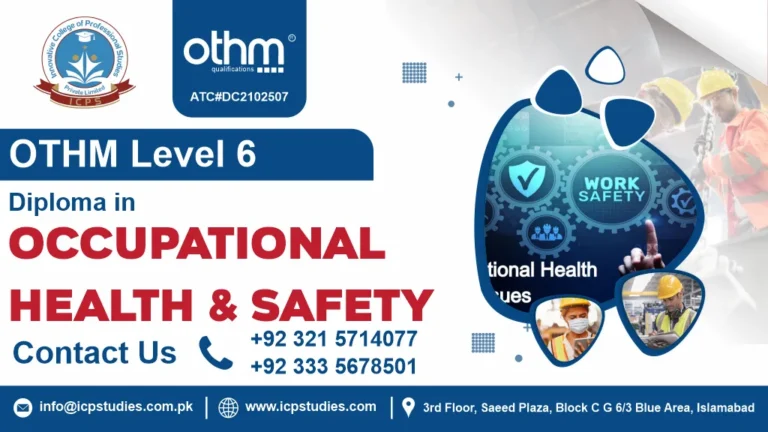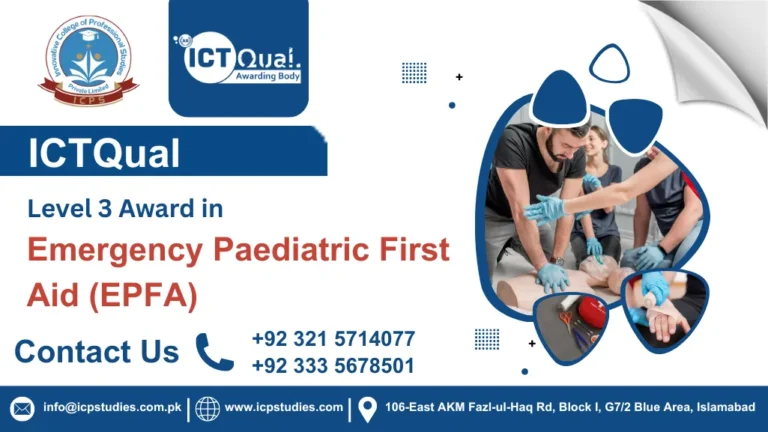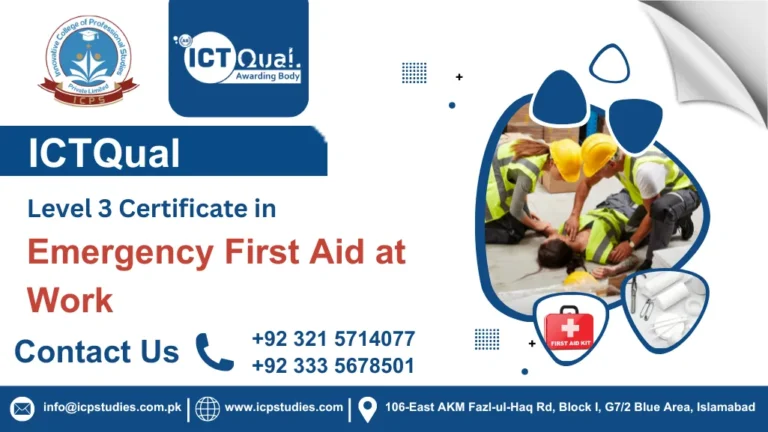In industries where heavy lifting is a daily requirement, ensuring safety and precision are paramount. The Level 1 Award in Lifting and Rigging equips individuals with the foundational skills and knowledge necessary to perform lifting operations safely and efficiently. Whether you’re involved in construction, manufacturing, or logistics, mastering these techniques not only enhances workplace safety but also boosts operational efficiency.
The Level 1 Award in Lifting and Rigging is a comprehensive certification program designed to educate and train participants in the principles, techniques, and safety protocols involved in lifting and rigging operations. From understanding load capacities to mastering proper rigging methods, this course covers essential aspects that ensure both safety and productivity in lifting tasks.
The Level 1 Award in Lifting and Rigging is not just about mastering technical skills; it’s about ensuring safety, efficiency, and professionalism in every lifting task you undertake. Whether you’re a seasoned professional or new to the industry, this certification equips you with the knowledge and confidence to handle lifting operations with precision and care. Invest in your career and workplace safety by pursuing this essential certification today.
All About ICTQual Level 1 Award in Lifting and Rigging
Course Overview
The Level 1 Award in Lifting and Rigging is a specialized certification program designed to equip individuals with fundamental skills and knowledge essential for safely performing lifting and rigging operations. This course is particularly relevant for industries where heavy lifting of materials, equipment, or structures is commonplace, such as construction, manufacturing, logistics, and engineering.
The Level 1 Award in Lifting and Rigging is essential for professionals who work in environments where lifting heavy loads is a routine task. By acquiring this certification, individuals gain the expertise needed to execute lifting operations safely, efficiently, and in compliance with industry standards. This course not only fosters workplace safety but also contributes to organizational efficiency and professional growth. It’s a valuable investment for anyone looking to excel in roles that involve lifting and rigging responsibilities.
Study Units
- Introduction to Lifting and Rigging
- Types of Lifting Equipment
- Rigging Techniques and Practices
- Safety Protocols and Risk Assessment
- Legislative and Regulatory Requirements
- Practical Application and Hands-On Training
Admission Criteria
The Level 1 Award in Lifting and Rigging course is designed for individuals across various industries who are involved in or responsible for lifting, hoisting, and rigging operations. This comprehensive certification equips participants with essential skills and knowledge to perform these tasks safely, efficiently, and in compliance with industry standards.
The Level 1 Award in Lifting and Rigging course is indispensable for professionals across various sectors who are involved in lifting and rigging operations. By completing this certification, individuals not only enhance their own safety skills but also contribute to safer work environments and more efficient operations. Whether you are looking to advance your career, comply with industry standards, or improve workplace safety practices, this course provides essential knowledge and practical skills to succeed in roles requiring lifting and rigging expertise.
Ideal Candidate
Entry Requirements for Level 1 Award in Lifting and Rigging Course
- Minimum Age:
- Participants must typically be at least [minimum age requirement, e.g., 18 years old] at the time of enrollment.
- Educational Background:
- There are generally no specific educational prerequisites required to enroll in the Level 1 Award in Lifting and Rigging course. However, a basic understanding of workplace safety practices and industrial operations may be beneficial.
- Physical Fitness:
- Candidates should be in good physical condition to safely participate in practical aspects of the course, which may involve lifting, carrying, and maneuvering equipment and loads.
- Health and Medical Fitness:
- Participants must have sufficient physical and mental health to perform lifting and rigging tasks safely. This includes the ability to withstand physical exertion and work comfortably at heights or in confined spaces, depending on the training environment.
- Language Proficiency:
- Proficiency in the language of instruction (e.g., English) is necessary to understand course materials, follow safety protocols, and communicate effectively during practical exercises and assessments.
- Commitment to Safety:
- Candidates should demonstrate a commitment to workplace safety and adherence to safety protocols and regulations throughout the duration of the course.
- Additional Requirements:
- Some training providers may require participants to undergo a pre-course assessment or interview to assess their suitability and readiness for the course.
Learning Outcome
. Introduction to Lifting and Rigging
- Understand the fundamental principles and importance of lifting and rigging operations in various industries.
- Explain the role of lifting and rigging in workplace safety and operational efficiency.
- Identify common terminology and concepts related to lifting and rigging practices.
2. Types of Lifting Equipment
- Identify different types of lifting equipment used in industrial and construction settings, including cranes, hoists, slings, and lifting accessories.
- Explain the functions and capabilities of each type of lifting equipment.
- Select appropriate lifting equipment based on load characteristics, environmental conditions, and safety considerations.
3. Rigging Techniques and Practices
- Demonstrate proficiency in essential rigging techniques such as selecting and inspecting slings, configuring hitches, and securing loads.
- Apply proper rigging methods to ensure load stability, prevent shifting during lifting operations, and protect against equipment damage.
- Evaluate rigging setups to optimize load distribution and minimize risks associated with lifting tasks.
4. Safety Protocols and Risk Assessment
- Implement safety protocols and procedures to promote a safe working environment during lifting and rigging operations.
- Conduct comprehensive risk assessments to identify potential hazards, evaluate risks, and implement control measures.
- Demonstrate knowledge of emergency procedures and protocols for responding to incidents during lifting operations.
5. Legislative and Regulatory Requirements
- Understand legislative and regulatory requirements governing lifting and rigging operations, including occupational health and safety regulations.
- Ensure compliance with relevant standards, codes of practice, and industry guidelines related to equipment maintenance, inspection, and operation.
- Interpret legal responsibilities and obligations for employers, employees, and contractors involved in lifting and rigging activities.
6. Practical Application and Hands-On Training
- Apply theoretical knowledge and skills acquired in the classroom to practical scenarios and hands-on training exercises.
- Perform load calculations, determine center of gravity, and assess load stability in simulated lifting operations.
- Demonstrate proficiency in operating lifting equipment, executing rigging techniques, and implementing safety measures under supervision.
FAQs about ICTQual Level 1 Award in Lifting and Rigging

